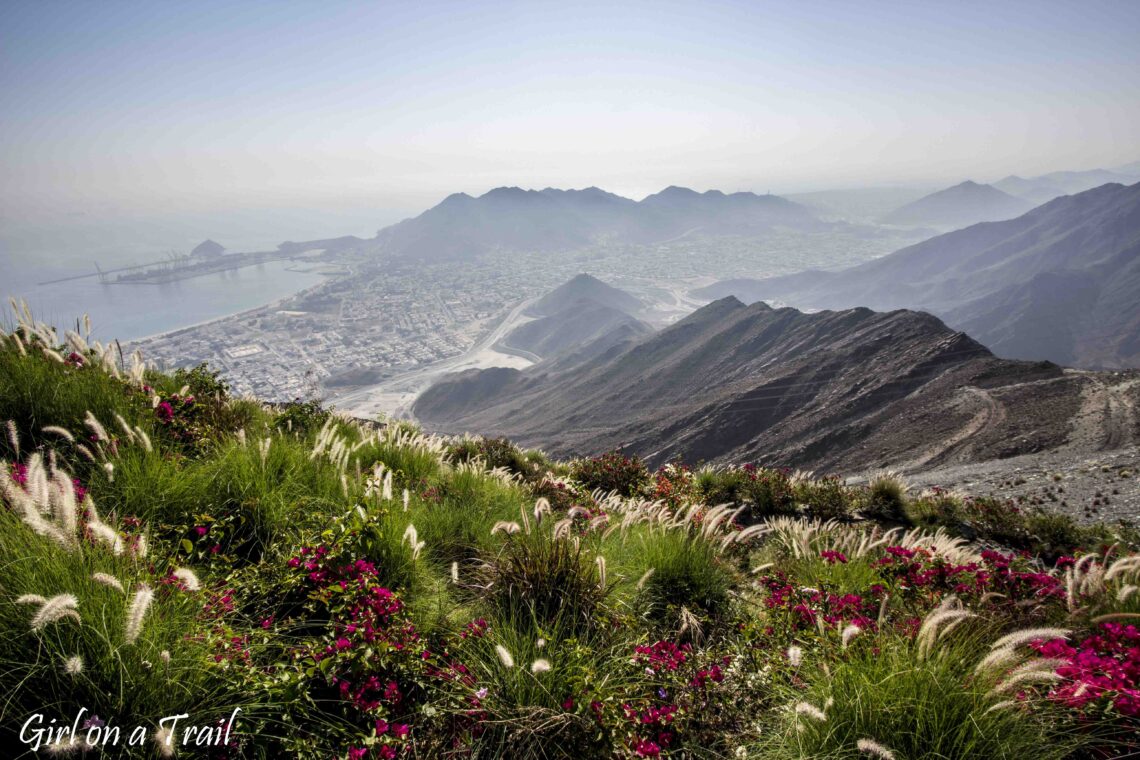
Fujairah and Sharjah – United Arab Emirates
Fujairah is another emirate I visited during my stay in the UAE. I travelled there straight from Al Ain, located in the Emirate of Abu Dhabi. My first stop was Al Hayl Fort. The journey covered about 150 km and initially seemed to be monotonous. However, the last stretch of the trip turned out to be a pleasant surprise. The road to the fort meandered through the picturesque Wadi Al Hayl valley. As the terrain became increasingly mountainous, the amount of asphalt on the road decreased. The area felt completely isolated from civilization.
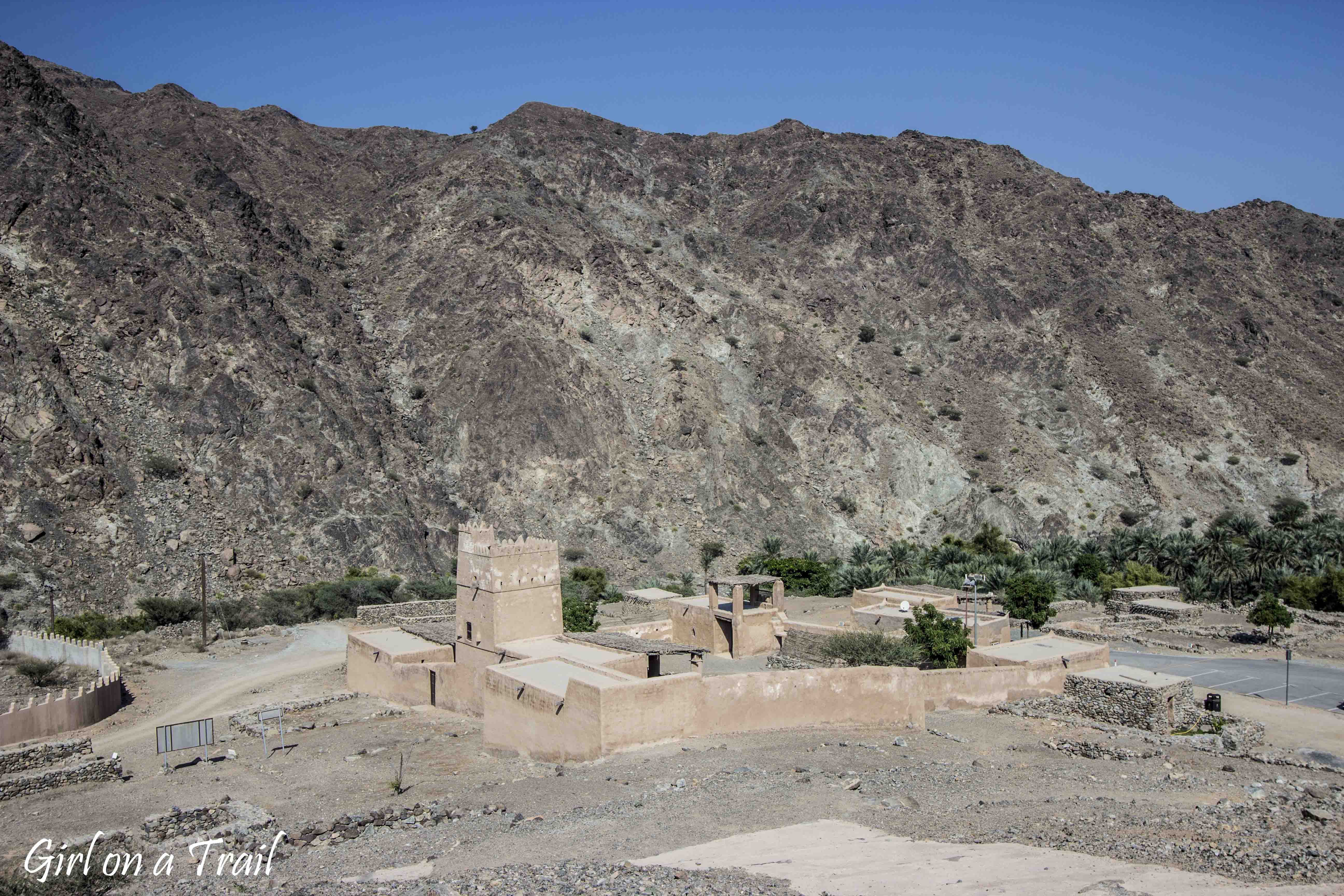
Eventually, I arrived at the fort, which, unfortunately, was securely locked. Disappointed, I started taking pictures when a man suddenly appeared, hastily putting on a shirt with a security logo. It seemed suspicious, and I waited anxiously, ready to run in the hope that I would be faster than him. It turned out he was a local resident employed by the UAE’s Department of Culture. The most surprising was that my guide turned out to be from Bangladesh. He emigrated to the UAE in search of better opportunities.
He had considerable knowledge about the fort and the surrounding area. Exploring the fort was a bit of an adventure and fun since much of it isn’t open to visitors. Reaching the upper parts required some acrobatics, including climbing on improvised metal structures and squeezing through wooden beams and holes in the floor. It was a fascinating experience, reminiscent of exploring abandoned places in Europe.

The fort was built in 1932 by Sheikh Abdullah bin Hamdan Al Sharqi. It served both defensive purposes and as the Sheikh’s residence. Constructed from local materials such as stone, wood, and mud-brick, the fort has a unique character. Its architecture is also intriguing, with windows strategically placed to create natural ventilation – essential in such a hot climate.
The main complex was the residential area for the Sheikh’s family. From its highest point, you can enjoy stunning views of the surrounding mountains and the abandoned village of Al Hayl. Another vantage point is the watchtower located on a hilltop, offering excellent views of the area.

After the exploration of Al Hayl Fort, I headed to the capital of the emirate – Fujairah City. The city’s most iconic landmark is the Sheikh Zayed Mosque, modeled after the Blue Mosque in Istanbul. It is the second-largest mosque in the UAE, after the one in Abu Dhabi, which I wrote about earlier. The mosque is also the youngest in the Emirates, it was completed in 2015. The entire complex is truly impressive.

Meanwhile, for a change, on the outskirts of Fujairah lies Fujairah Fort, one of the oldest structures in the United Arab Emirates. It is believed to have been built in the 16th century by the Portuguese and is now the city’s main attraction. Located atop a 20-meter hill, it serves as an excellent observation point overlooking the surrounding area and the Persian Gulf. The fort is open daily from 8:00 AM to 5:00 PM, and the entrance fee is just 5 AED.
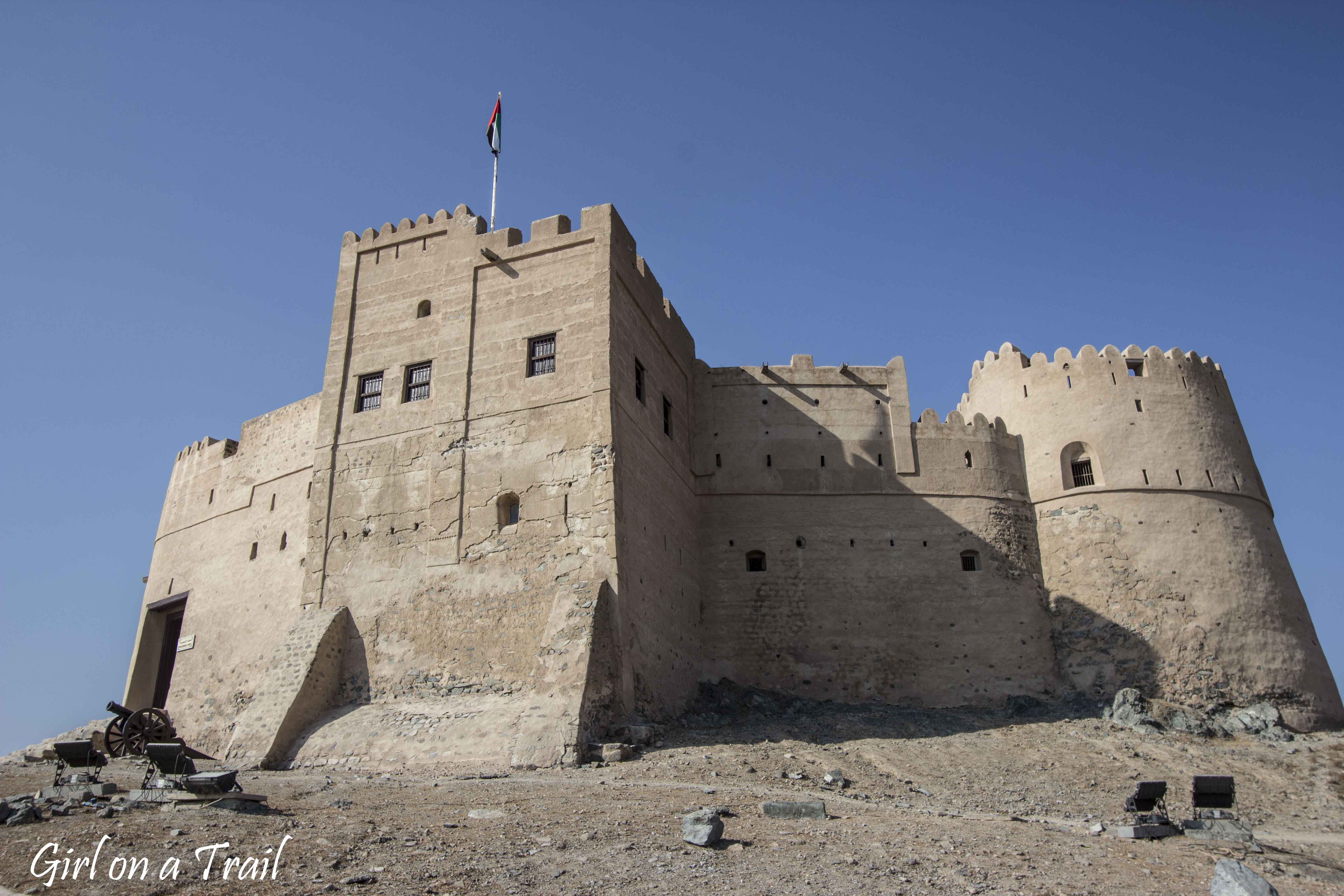
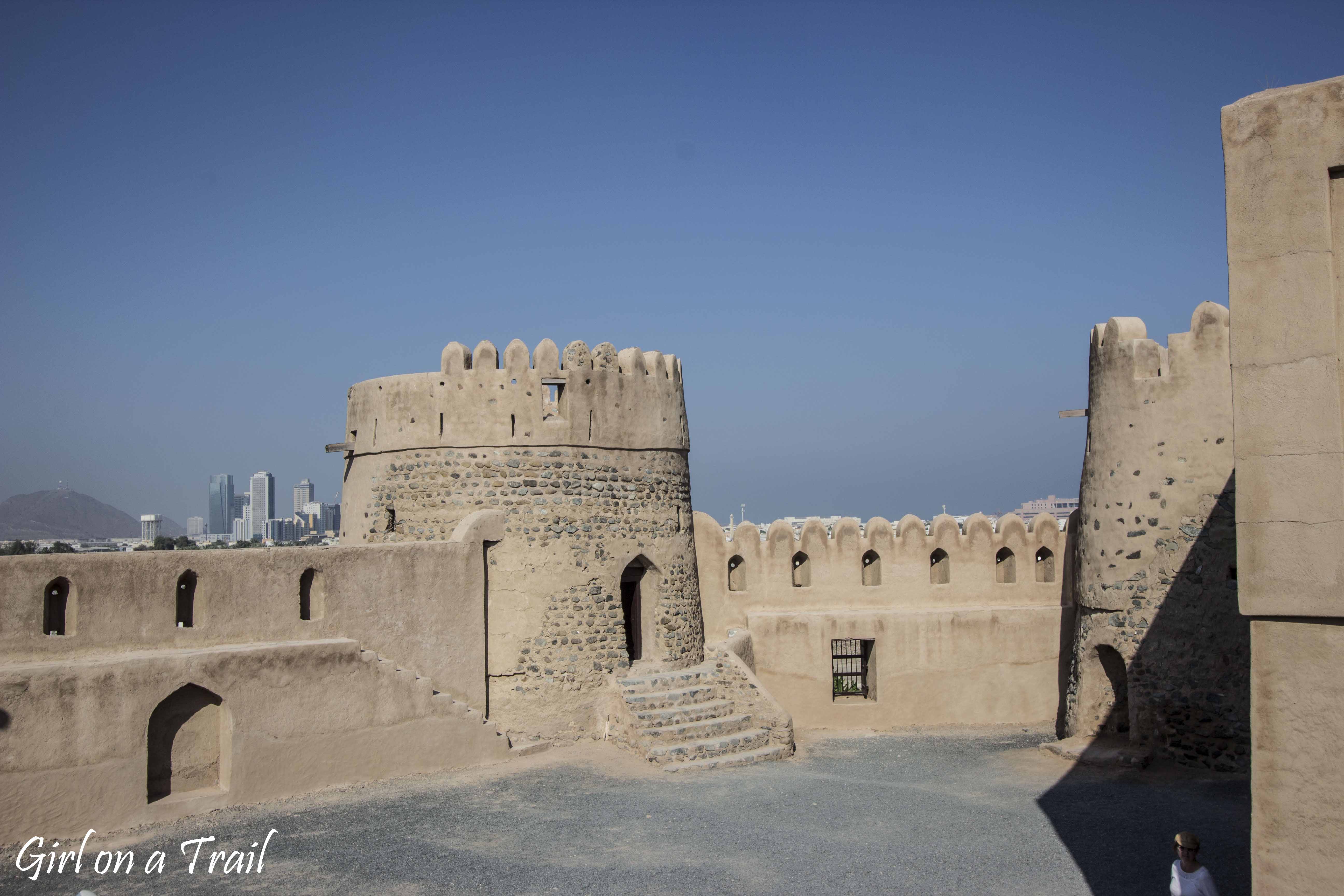
Next on my journey was the city of Khorfakkan, located in the emirate of Sharjah. Khorfakkan resembles a typical coastal tourist town, with a wide promenade and numerous historical and cultural attractions. One symbolic site is the Resistance Monument, located on a hill overlooking the city. The structure commemorates the heroic resistance of the local population against the Portuguese invasion in 1507. Its architecture, inspired by the helmets worn at the time, symbolizes the resilience of the local community.
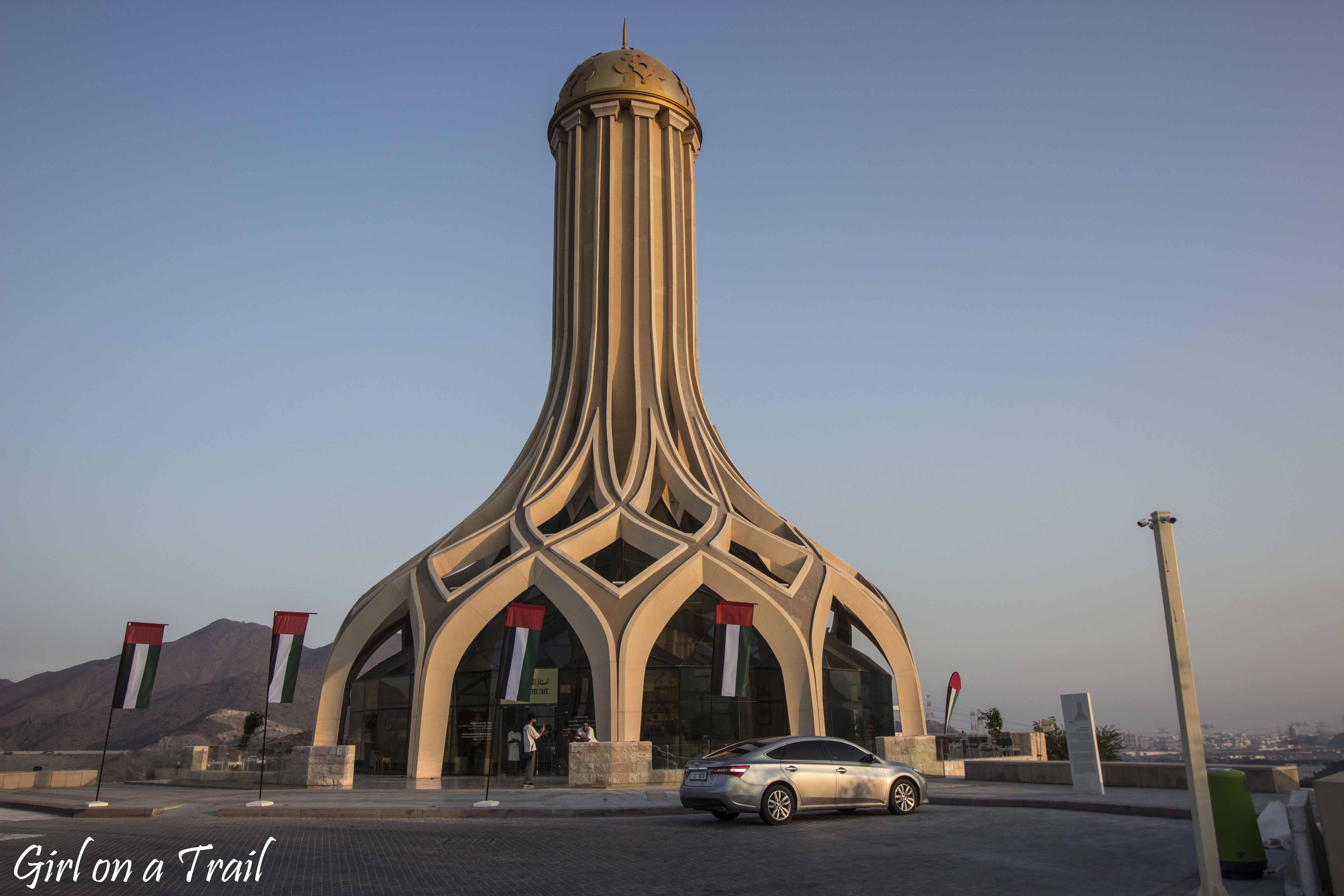
The city also boasts an intriguing amphitheater inspired by Roman architecture. Adjacent to the amphitheater is a spectacular 45-meter-high and 11-meter-wide artificial waterfall.
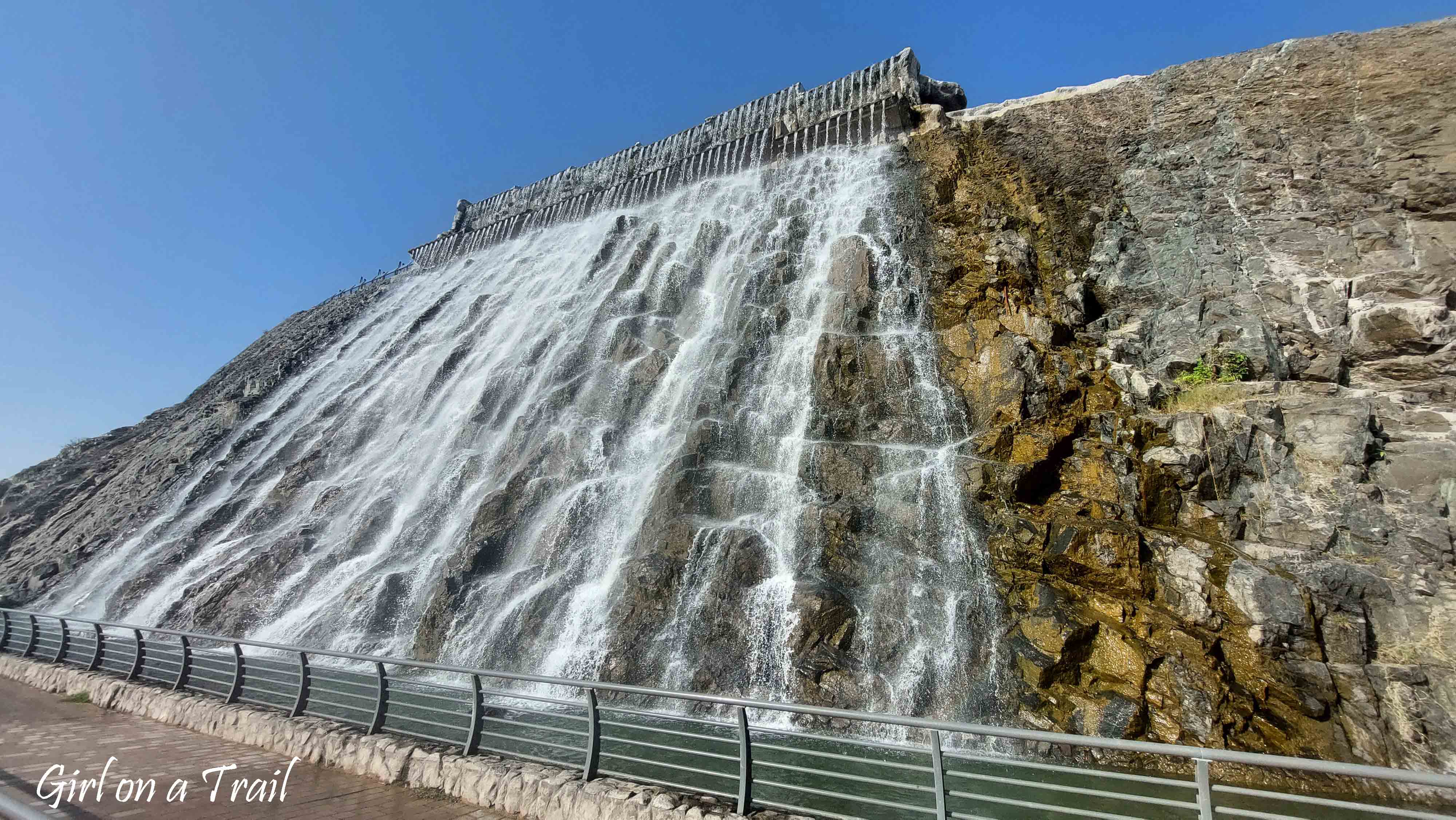
A true gem of Khorfakkan is the Al Suhub Rest Area. The name “Al Suhub,” meaning “cloud” in Arabic, is fitting for this location. Perched atop a mountain nearly 600 meters high, it offers spectacular views of the mountains and Khorfakkan. At the summit, there’s a restaurant resembling a flying saucer – a structure that looks a lot like the famous mountain shelter on Śnieżka in Poland.
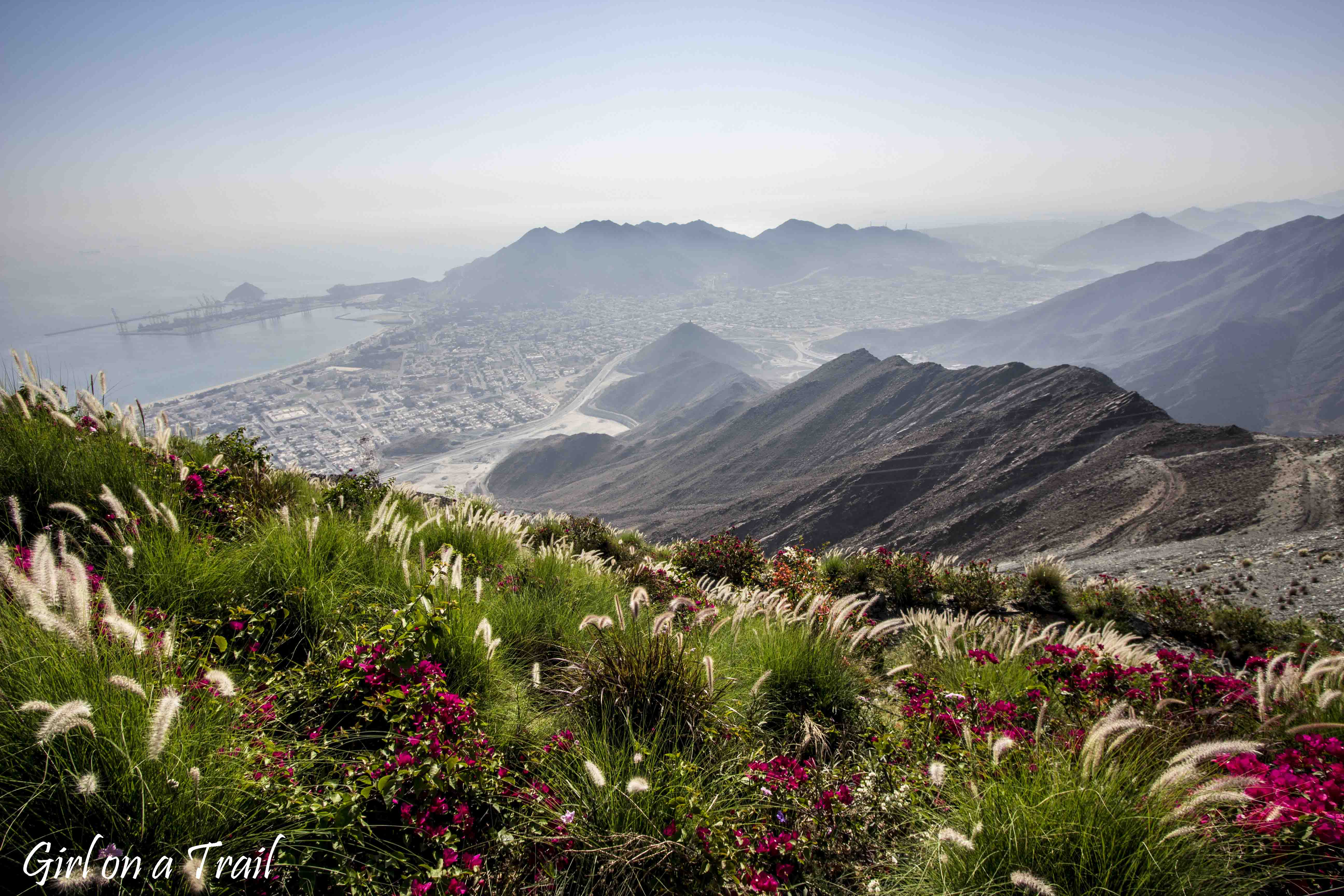
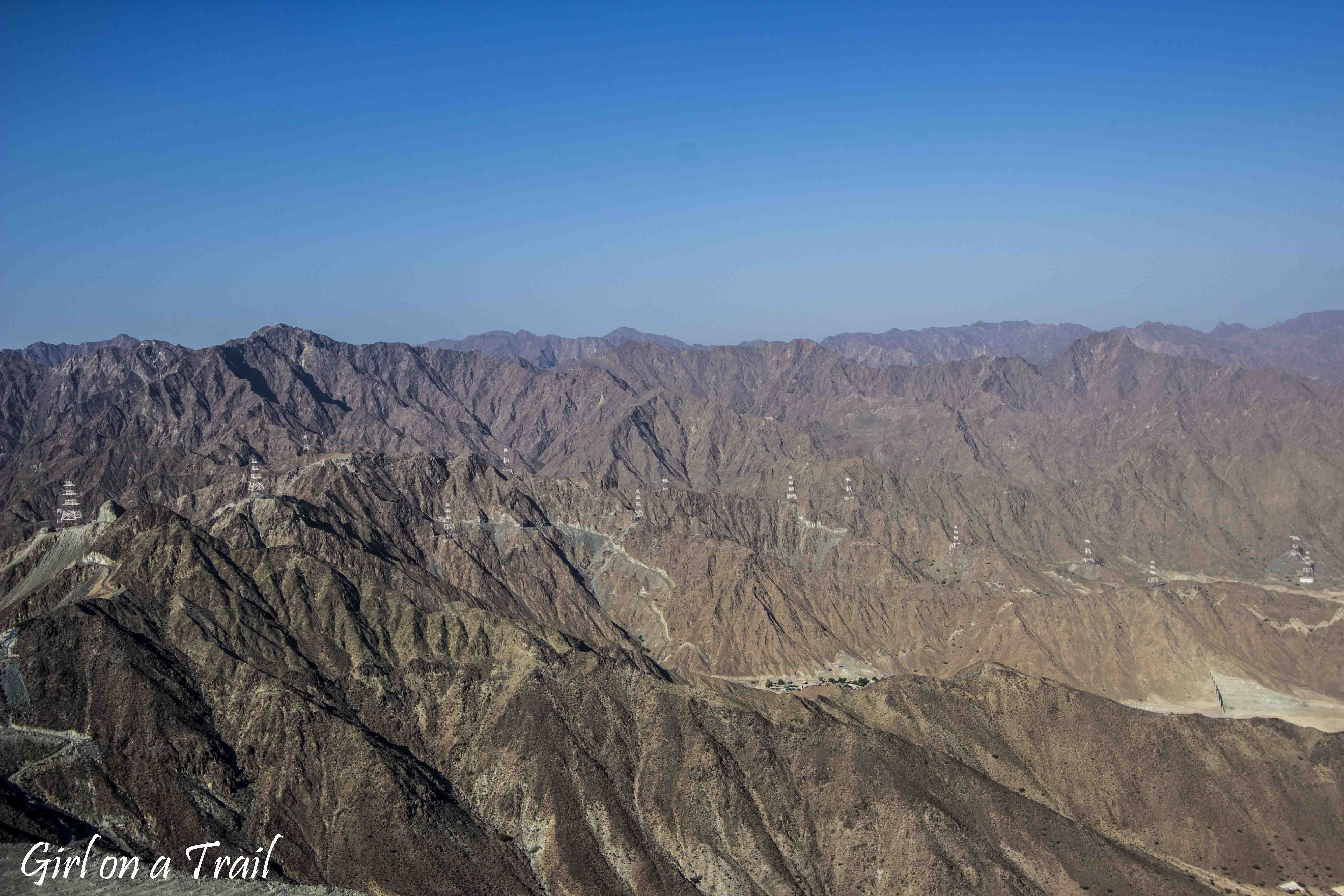
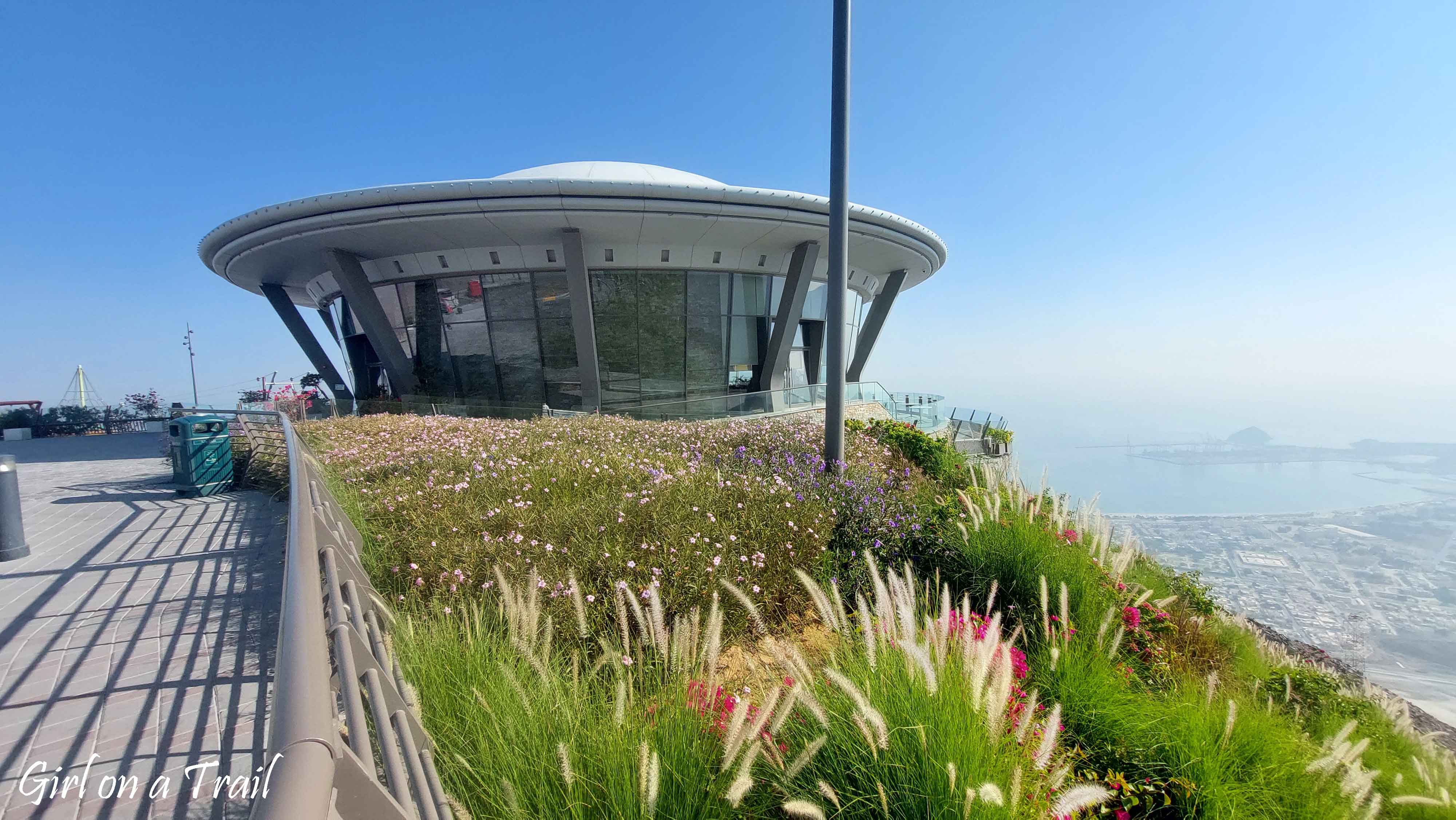
The area around Al Rafisah Dam is another excellent destination for a day trip. The crystal-clear lake, surrounded by the Al Hajar Mountains, is a favourite spot for locals to relax. You can rent kayaks or paddle boats here and explore the scenic hiking trails nearby. There’s also a restaurant with panoramic views of the lake.
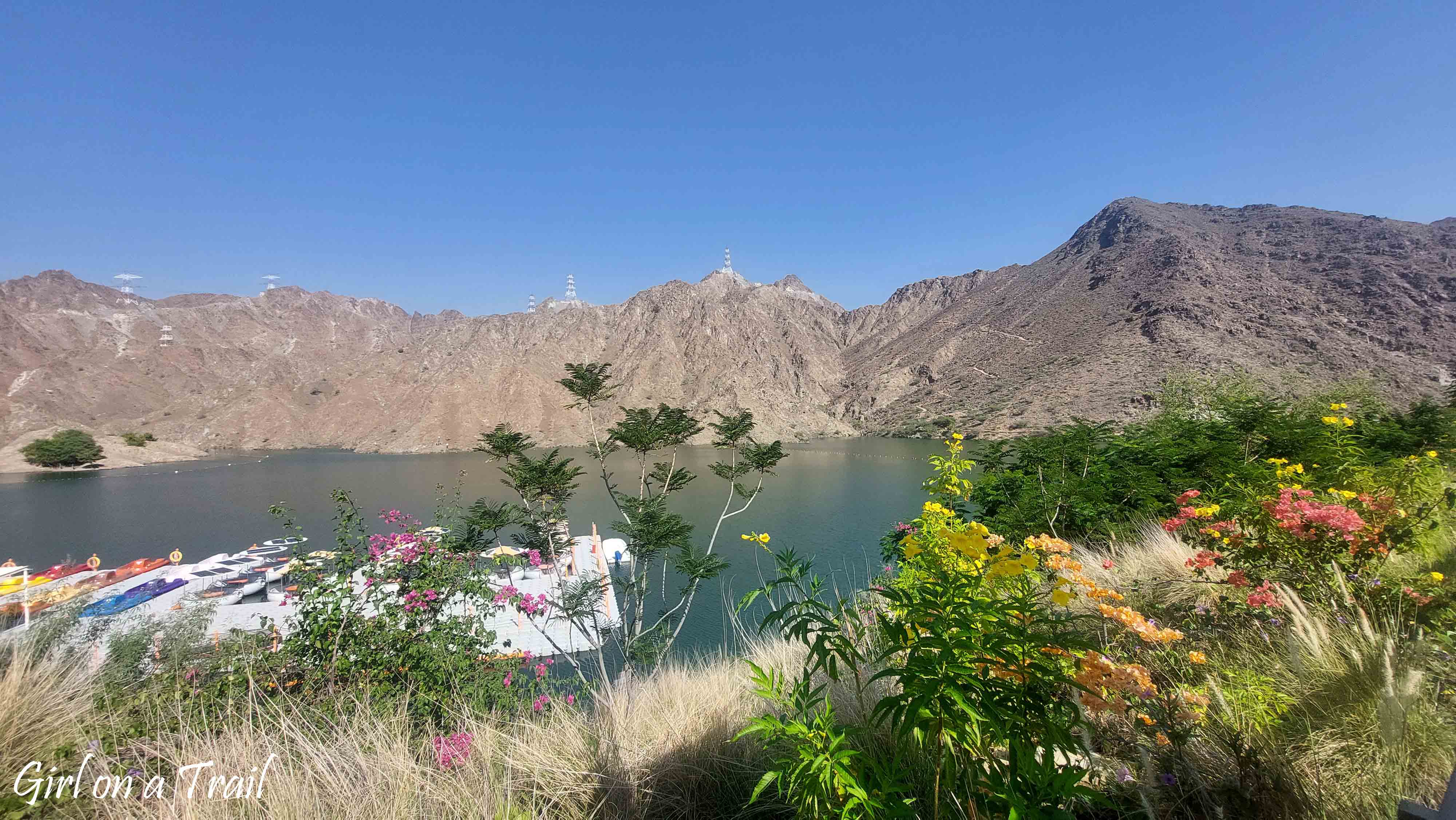
Just a few minutes from the dam lies the Najd Al Maqsar heritage village. The village comprises thirteen stone houses, many over 100 years old. Its central feature is the 300-year-old Al Maqsar Tower, which was part of a network of fortifications protecting Khorfakkan.
However, I found the village somewhat disappointing. I had expected to explore an urban exploration site, but instead, the area has been renovated and turned into a hotel. While the village looks charming from a distance, access is restricted to hotel guests.





